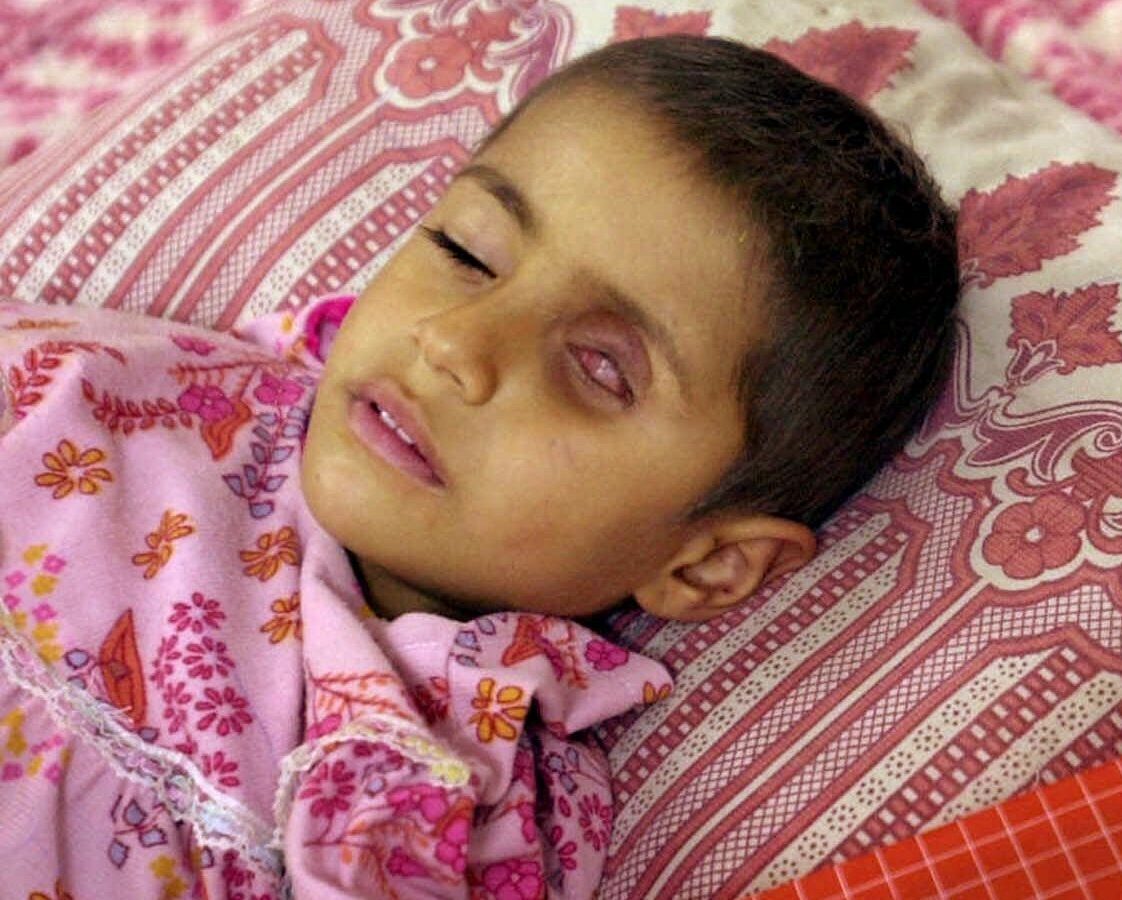
NEW YORK (MintPress)—The war in Iraq may have ended with the final pullout of American troops on December 15, 2011, but for many of the people who remain there, the wounds suffered during the conflict, both emotionally and physically, will never go away.
Especially in the city of Fallujah, some 40 miles west of the capital, Baghdad, which had one of the highest civilian casualty tolls during the 1991 Gulf War. The impact of the latest war on the people of Fallujah was less immediate.
In 2010, a study in the International Journal of Environmental Research and Public Health showed a four-fold increase in all cancers, and a twelve-fold increase in childhood cancer in those under 14, since 2004. In addition, the report said the types of cancer were “similar to that in the Hiroshima survivors who were exposed to ionising radiation from the bomb and uranium in the fallout.”
But the report concluded that the evidence was anecdotal and that the identity of the agents causing the increases in illness were not determined.
The latest report, whose authors include a doctor at Fallujah General Hospital, says that congenital deformities account for 15 per cent of all births in the city. Independent reports have suggested a birth-defect rate in Fallujah far higher than other areas of Iraq.
Battles for Fallujah
Early on in the war, Fallujah, in the heart of the so-called Sunni Triangle, became a stronghold for the pro-Saddam Hussein insurgency against the American-led occupation.
In March, 2003, insurgents in Fallujah ambushed a convoy of four U.S. contractors from the private security firm Blackwater. Their charred corpses were then dragged through the streets before being hung from a bridge over the Euphrates River.
The next month, American forces tried but failed to retake control of the city. They launched a new and ultimately successful offensive in November of that year.
By the end, up to 2,000 Iraqis, both civilians and insurgents, died, along with almost 100 U.S. troops.
Collateral damage
Controversy raged over claims U.S. troops had deployed white phosphorus (WP) shells in Fallujah. The U.S. military initially denied those charges, but later admitted that troops had fired the munitions against buildings in the city.
In the March-April 2005 issue of Field Artillery, a journal published by the Department of Defense, one official acknowledged “WP proved to be an effective and versatile munition….We fired ‘shake and bake’ missions at the insurgents, using WP to flush them out and HE (high explosives) to take them out.”
In late November, 2005, an Iraqi investigation was launched into the use of WP by the U.S. throughout the offensive on Fallujah to see whether the military breached any international treaties.
But a week later, General Peter Pace, then Chairman of the Joint Chiefs of Staff, justified the use of WP as a “legitimate tool of the military.” He said “It is not a chemical weapon. It is an incendiary. And it is well within the law of war to use those weapons as they’re being used, for marking and screening.”
Pace then added that conventional weapons can be more dangerous than non-conventional weapons, saying “A bullet goes through the skin even faster than white phosphorus does.”
He also maintained that WP was targeted only at insurgents. Indeed, under the Convention on Certain Conventional Weapons, the use of WP as an incendiary device against military targets that are not in close proximity to civilians is legal.
But given the highly intense fighting in Fallujah, it is also quite possible that civilians could have been caught in the crossfire, or that officers could have mistaken civilians for insurgents and called in strikes against them.
Tragic human consequences
While there is no hard proof that American munitions caused the tragedy of Fallujah’s children, the evidence on the ground speaks for itself.
In a recent visit to the city, British journalist Robert Fisk met the family of 14-month-old Sayef Abdulaziz Mohamed, who is blind, paralyzed, and has a head that is twice as big as it should be.
“I think all this is because of the use by the Americans of phosphorus in the two big battles,” said his father, Mohamed. “I have heard of so many cases of congenital birth defects in children. There has to be a reason. When my child first went to the hospital, I saw families there with exactly the same problems.”
Both Mohamed and his wife are in their mid-thirties, and their two daughters, born before the battles of Fallujah, are in perfect health. Sayef was born in 2011.
“Every time I watch my son, I’m dying inside,” he said. “I am only asking for help from God. I don’t expect help from any other human being.”
Another forgotten casualty of war, left to fend for himself.


